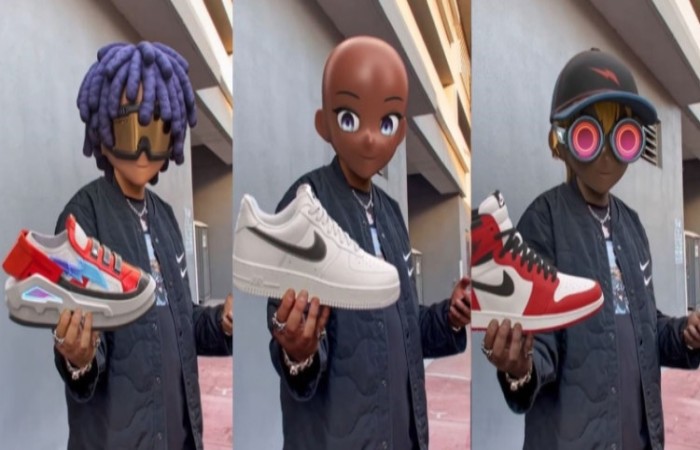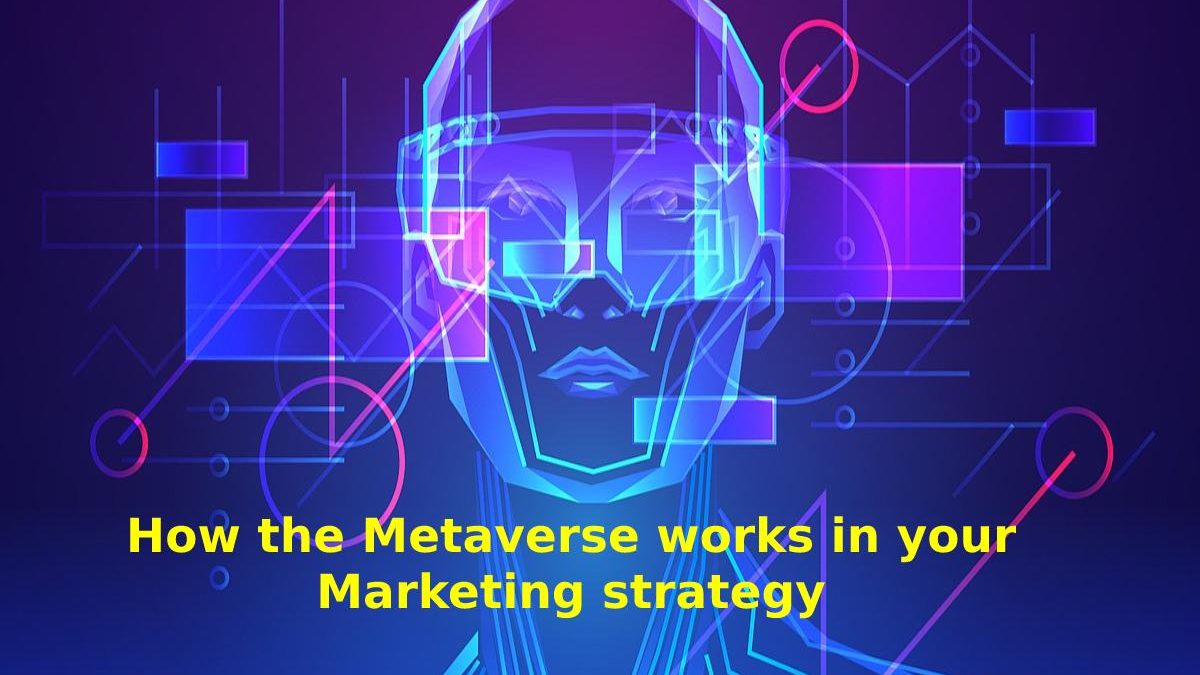The Metaverse is a persistent online 3D universe concept that combines several virtual spaces. You can think of this as a future version of the internet. The Metaverse will allow users to collaborate, meet, play, and socialize in these 3D spaces.
Table of Contents
How do NFts Fit into the Metaverse?
Non-fungible tokens (NFTs) are digital certificates of ownership that exist on a blockchain. As blockchain technology will support the decentralized nature of the Metaverse, NFTs are expected to play an essential role in this space, from rewards in video games to play-to-win and identity building as social assets.
For brands, these tokens can be used to generate excitement through giveaways and drive lasting engagement by offering exclusive rewards to NFT holders. Many NFT launches or drops also include a philanthropic component, usually in donations from auction proceeds to a relevant charity. Depending on their size and interest in the fall, NFTs can also help generate revenue for brands.
How can Brands Enter the Metaverse?

NFTs have been an entry point for dealers into the Metaverse, with brands from Taco Bell to Crockpot attempting to create these tokens. Another option is to partner with platforms like Roblox, Decentraland, and The Sandbox to create branded experiences.
With Roblox, for example, a brand can create a world around a specific theme and then invite users to inhabit its attractions, which can range from mini-games to block parties to virtual shops. For example, Nike created “Nikeland” in Roblox, an entire world dedicated to the shoe store, filled with dodgeball, building materials, and a digital showroom. Chipotle and Hyundai have also created brand universes on the platform, as have several fashion retailers, including Ralph Lauren, Forever 21 and Gucci.
How can Brands use the Metaverse to Help Sell Products?
A metaverse is mainly inhabited by younger target groups of Generation Z, gaining more and more purchasing power. Many of these consumers shop digitally, making the Metaverse a vital marketing space. Shopping experiences are quite possible on Metaverse platforms, such as virtual stores that combine the ease of use of an e-commerce platform with the interactivity of a video game. In addition, an increase in the popularity of products native to the Metaverse, such as virtual clothing, is expected.
Is the Metaverse Safe for Brands and Consumer Privacy?
As in any emerging space, there are risks of not knowing. While more established stages like Roblox seem to pose less risk (of course, there are still occasional outages), a volatile market like NFT has seen everything from fraud to hacking to controversy over its negative impact on the environment. Surroundings. Furthermore, in an ideal world, the Metaverse will be a haven for privacy due to the cryptographic nature of blockchain technology. However, it is still too initial to determine whether or not this will come true.
Brand security and privacy issues will be addressed as government policies begin to play a larger role in building the Metaverse. But, for now, brands should take things slow and experiment with established platforms and NFT marketplaces to get a feel for the space.
How do Cryptocurrencies Fit into the Metaverse?
Blockchain developers are also taking influence from the gaming world. Gamification is mutual in decentralized finance (DeFi) and GameFi. There will be sufficient similarities in the future to integrate the two worlds further. The key aspects of blockchain that lend themselves to the Metaverse are.
Digital Proof of Ownership
By owning a wallet with access to your private keys, you can instantly prove ownership of an activity or asset on the blockchain. For example, you can view an accurate transcript of your transactions on the blockchain for accountability purposes during your effort. A wallet is single of the safest and best robust ways to create a digital identity and proof of ownership.
Digital Collectability
Just as we can define who owns something, we can prove that an object is original and unique. It is essential for a metaverse that needs to include more real-world activity. Thanks to NFTs, we can create things that are 100% unique and can never be exactly duplicated or counterfeited. A blockchain can also epitomize ownership of physical objects.
Value Transfer
A metaverse needs a way to transfer values that users trust securely. In-game currencies in multiplayer games are less safe than cryptocurrencies on a blockchain. If consumers spend a lot of time in the Metaverse and even make money there, they need a reliable currency.
Governance
The ability for users to control the rules of their interaction with the Metaverse should also be necessary. For example, we may have the right to vote in corporations and select leaders and administrations in real life. The Meta will also need ways to proper appliance authority, and blockchain is already a natural way to do this.
Accessibility
The creation of a wallet is open to everyone in the world on communal blockchains. Unlike a bank account, you do not essential to deposit money or provide any information. This makes it one of the best reachable ways to manage finances and digital identity online.
What is a Job in the Metaverse?
As already mentioned, the Metaverse will bring together all real-life aspects in one place. For example, while many people are already working from home, in the Metaverse, you can enter a 3D office and network with the avatars of your colleagues. Your work can also be link to the Metaverse, providing you with revenue that can be use directly in the Metaverse. In fact, these types of jobs already exist in a similar way.
What is the Future of the Metaverse?
Facebook is one of the strongest voices for creating a unified it. This is particularly interesting because of Facebook’s stable coin Diem project for a crypto-based metaverse. Mark Zuckerberg has specifically mentioned his intention to support remote work and improve financial opportunities for people in developing countries with a Metaverse project. Facebook’s ownership of social media, communications, and crypto platforms give it an edge by combining these worlds into one. Other big tech companies aim to create a metaverse, including Microsoft, Apple, and Google.
Conclusion
While a single, unified metaverse is likely a long way off, we can already see developments that could lead to its formation. It seems to be another sci-fi use case for blockchain technology and cryptocurrencies. However, it’s uncertain if we’ll ever really reach the point of a metaverse.
Also Read: Business Card: Why They Still Matter

